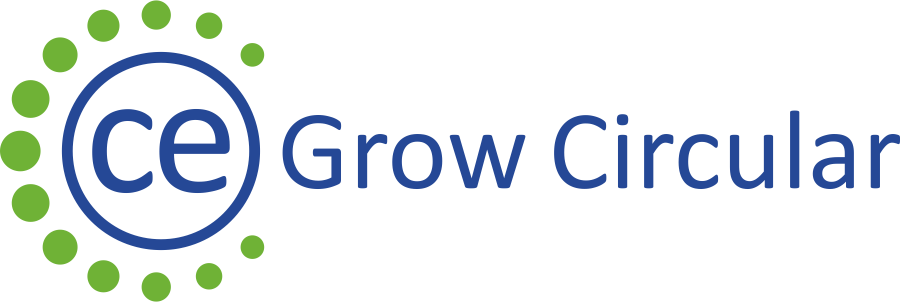An innovative example, how a smart city could improve the waste management can be found in the city Nitra in Slovakia. In 2015 the company “SENSONEO” started to equip public garbage collection bins with sensors that are able to measure the filling level of the bins.
The sensors make it possible for the city to recognize which bins are full and ready to be emptied and which are still having capacity for more waste. This knowledge results in the reduction of waste-disposal-traffic because the vehicles are only collecting the waste of the bins that are actually full. To be more specific: This approach of usage of the internet of things leads to a significant reduction of emitted Co2 due to less traffic, as well as to decreasing costs for staff and material (as fuel or vehicles). The data collected by the sensors are monitored with the usage of software, which also provides the basis for route optimization (Sensoneo (2021)).
Another innovation that was implemented in Freiburg am Breisgau in 2021 is the usage of hydrogen-powered fuel cell trucks to dispose the waste in the city. It is estimated that the replacement of one diesel truck to a hydrogen-powered one, lowers the emitted carbon dioxide of the city by about 30 tons annually. Today the city has two of the innovative waste-trucks. Until 2023 the company that is responsible for the waste disposal plans to increase this amount up to 16 trucks, which is 64% of the fleet. This would result in the decrease of 480 tons of Co2 emitted per year (Smart Cities Connect (2021)).



